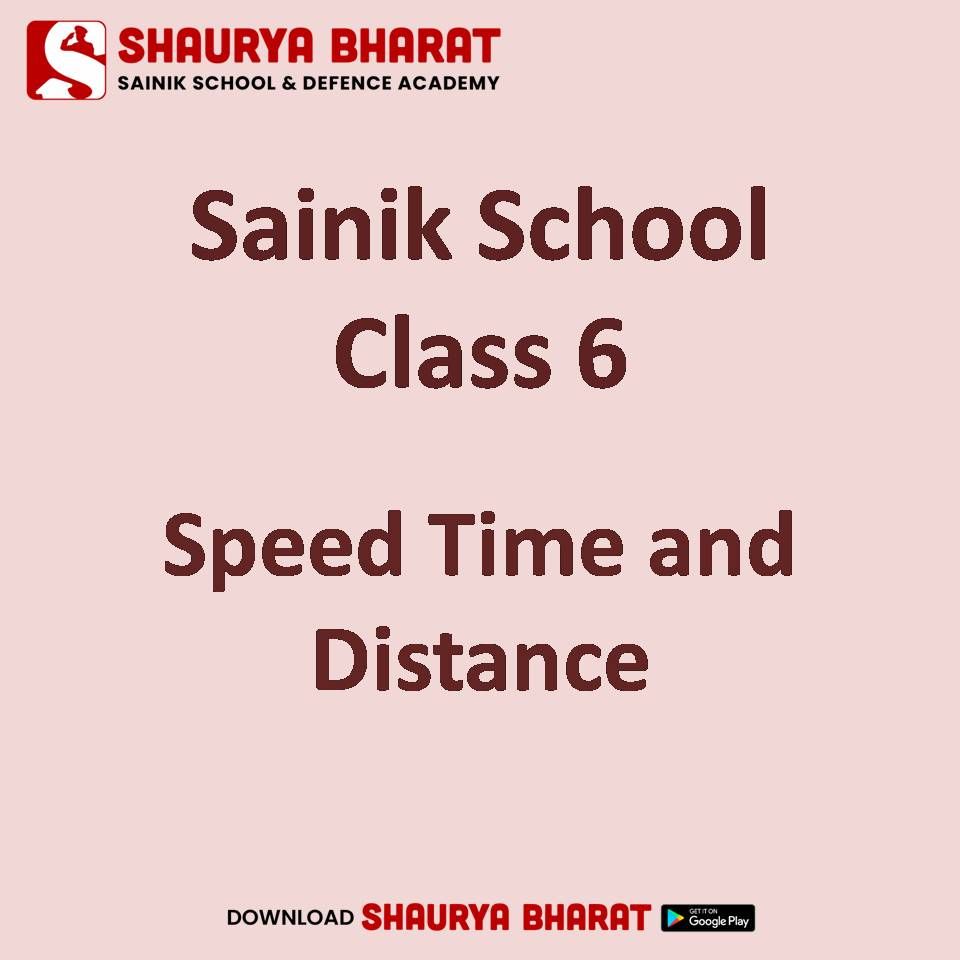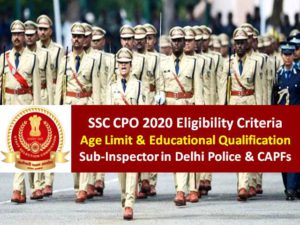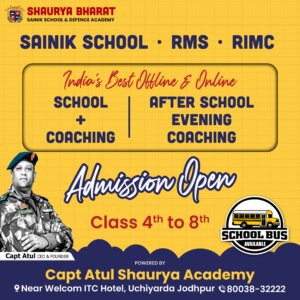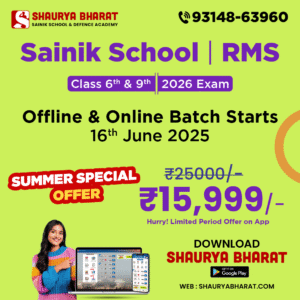Sainik School Class 6 Speed Time and Distance
Mastering Speed, Time and Distance: A Crucial Topic for Sainik School Class 6 Entrance Exam
The Sainik School entrance exam (AISSEE) is a gateway for young aspirants aiming to join the prestigious Sainik Schools across India. Among the many topics covered in the Maths section of the Class 6 entrance exam, understanding the relationship between speed, time, and distance is fundamental. This topic not only forms the basis of many mathematical problems but also has practical applications in everyday life, from calculating travel times to understanding speed limits. In this post, we discuss the Sainik School Class 6 Speed Time and Distance, a very important topic for students preparing for the Sainik School entrance exams.
The Basics of Time and Distance
Time and distance problems typically involve three key variables: distance, speed, and time. The relationship between these variables is governed by a simple yet powerful formula:
Distance=Speed×Time\text{Distance} = \text{Speed} \times \text{Time}Distance=Speed×Time
This formula can be rearranged to solve for any one of the variables if the other two are known:
Speed=DistanceTime\text{Speed} = \frac{\text{Distance}}{\text{Time}}Speed=TimeDistance Time=DistanceSpeed\text{Time} = \frac{\text{Distance}}{\text{Speed}}Time=SpeedDistance
Importance of Time and Distance in the AISSEE
The topic speed, time, and distance are frequently tested in the AISSEE for Class 6, with questions ranging from basic calculations to more complex word problems. A solid understanding of this topic is essential for performing well in the Maths section of the exam.
Types of Time and Distance Problems in the Exam
- Basic Calculation Problems:
- These problems involve the direct application of the time, distance, and speed formula. For example, calculating the distance traveled when the speed and time are known, or finding the time taken to cover a certain distance at a given speed.
-
Word Problems Involving Journeys:
- These are more complex problems that describe real-life scenarios, such as traveling between two cities, or the time taken to cover different segments of a journey. Students must extract the relevant information and apply the correct formula.
-
Problems Involving Average Speed
Some problems require students to calculate average speed, especially when the speed varies over different parts of a journey. The average speed is calculated by dividing the total distance by the total time taken.
- Relative Speed Problems:
- These problems involve two moving objects, such as two cars or trains, and require students to calculate the relative speed when the objects move in the same or opposite directions. Relative speed is important for determining when and where two objects will meet.
- Time and Distance in Circular Tracks:
- Problems may also involve circular tracks, where students need to calculate the time taken for multiple objects moving at different speeds to meet at a point.
Tips for Mastering Time and Distance Problems
- Memorize the Basic Formula:
- The foundation of solving time and distance problems is to memorize the formula: Distance = Speed × Time. Understand how to manipulate this formula to solve for any of the three variables.
- Practice Word Problems:
- Word problems are common in the AISSEE and can be challenging. Practice extracting relevant data from the problem statement and identifying which formula to apply.
- Understand Units:
- Pay attention to the units of speed, time, and distance. For example, speed is often given in kilometers per hour (km/h) or meters per second (m/s). Ensure that all units are consistent before performing calculations.
- Work on Speed Conversions:
- Be comfortable converting between different units of speed, such as converting km/h to m/s and vice versa. Remember that 1 km/h = 518\frac{5}{18}185 m/s.
- Break Down Complex Problems:
- For multi-step problems, break them down into simpler parts. Solve each part step by step, and ensure that your calculations are consistent with the units and context of the problem.
- Use Diagrams:
- Drawing diagrams can help visualize the problem, especially in cases involving multiple journeys, different paths, or relative speed.
Common Mistakes to Avoid
- Mixing Up Units:
- A common mistake is mixing up units of speed, time, and distance. Always ensure that the units are consistent throughout the problem.
- Incorrectly Applying Formulas:
- Be careful when rearranging the formula. For example, don’t confuse speed with distance or time when solving for one of the variables.
- Overlooking Average Speed:
- In problems involving varying speeds, students often forget to calculate the average speed correctly. Remember that average speed is the total distance divided by the total time, not simply the average of the different speeds.
- Misinterpreting Relative Speed:
- In relative speed problems, ensure you correctly identify whether the objects are moving towards each other (add their speeds) or in the same direction (subtract their speeds).
Important Questions Related to Sainik School Class 6 Speed Time and Distance
Ques 1: A car travels at a speed of 72 km/h. How many meters will it travel in 1 sec?
a) 19 m
b) 25 m
c) 21 m
d) 20 m
Answer: d (20 m)
Solution: 72 × 5/18 = 20 m/s [Distance cover in 1 sec]
= 20 m
Ques 2: A bullet is fired at a distance of 3.32 km away from Ajay. He hears the sound 10 s later. Find the speed of the sound ?
a) 350 m/s
b) 400 m/s
c) 232 m/s
d) 332 m/s
Answer – d (332 m/s)
Solution: S = D/T
D = 3.32 km [convert into m]
= 3.32 × 1000
= 3320 m
S = 3320/10 = 332 m/s
Ques 3: A train covers a distance of 480 km in 8 hours. How much distance will be covered in 2 hours?
a) 140 km
b) 120 km
c) 115 km
d) 125 km
Answer – b (120 km)
Solution:
S = D/T = 480/8 = 60 k/h
D = 60 × 2 = 120 km
For more such questions on Sainik School class 6 Speed, Time and Distance, download Shaurya Bharat app now: https://play.google.com/store/apps/details?id=com.shauryabharat
Conclusion
Speed, Time, and Distance is a fundamental topic in the Sainik School Class 6 entrance exam’s Maths section. A solid understanding of this concept is essential for solving a wide range of problems, from simple calculations to complex word problems involving journeys and relative speed. By memorizing the basic formulas, practicing regularly, and applying the concepts to real-life situations, students can master time and distance problems and enhance their performance in the AISSEE.
How to clear the AISSEE 2025 and RMS CET 2024 examinations with flying colors?
Entrance examinations for Rashtriya Military School and Sainik School will take place in December 2024 and January 2025 respectively for academic session 2025-26. The best way to start preparation is to start early so that students have sufficient time to prepare and polish themselves. The Sainik School and RMS Entrance Exams are a tough nut to crack. The standards and competition are way higher than one could think. Getting admission into Sainik School and RMS is the dream of thousands of young children. However, only a few can turn this dream into reality.
To succeed in this competitive environment, candidates must prepare thoroughly, maintain a disciplined study routine, and focus on developing a strong foundation in the relevant subjects. Regular practice, solving sample papers, and mock tests can help build confidence and improve performance. Maintaining physical fitness and participating in extracurricular activities can enhance overall candidacy.
It is important to remember that the competition is tough. However, dedication, hard work, and a positive mindset can significantly increase your chances of securing admission to a Sainik School or RMS. Here, Shaurya Bharat can be a perfect guide to students. Shaurya Bharat is the best offline and online platform for students preparing for the Sainik School, RMS, and RIMC entrance examinations.
Offline Classes
We conduct offline coaching for Sainik School and RMS (School + Coaching) at our campus in Jodhpur, Rajasthan.
Click the following link to get a virtual tour of Shaurya Bharat Sainik School and Defence Academy. https://www.youtube.com/watch?v=H1dDOpZ-kh8
Click the following link to get to know what students say about Shaurya Bharat Sainik School & Defence Academy https://www.youtube.com/watch?v=aYtCzAcU8To
Online Classes
Online classes are conducted through the Shaurya Bharat app. The Shaurya Bharat app provides the best content in the form of live classes, video lectures, and e-books.
Also, it offers topic-wise practice tests and pattern-based live exams. The live exams are based exactly on the pattern of the main examination. This gives students a well-required practice and a look and feel of the main examination. It makes them well-equipped to handle and overcome the examination pressure with minimum ease.
Useful Links
To know more about the Shaurya Bharat app logon to https://shauryabharat.com/
For more information about the Sainik School and RMS entrance exams for class 6, log on to https://shauryabharat.com/elite-schools/aissee-sainik-school-class-6/ and https://shauryabharat.com/elite-schools/rashtriya-military-school-rms-class-6/
For more information about the Sainik School and RMS entrance exam for class 9, log on to https://shauryabharat.com/elite-schools/aissee-sainik-school-class-9/ and https://shauryabharat.com/elite-schools/rashtriya-military-school-rms-class-9/
To download the detailed notification, submit the online application and download the admit card log on to https://exams.nta.ac.in/AISSEE/and https://www.rashtriyamilitaryschools.edu.in/
Use the following link to download the Shaurya Bharat app – The best digital platform to prepare for the Sainik School: https://play.google.com/store/apps/details?id=com.shauryabharat







